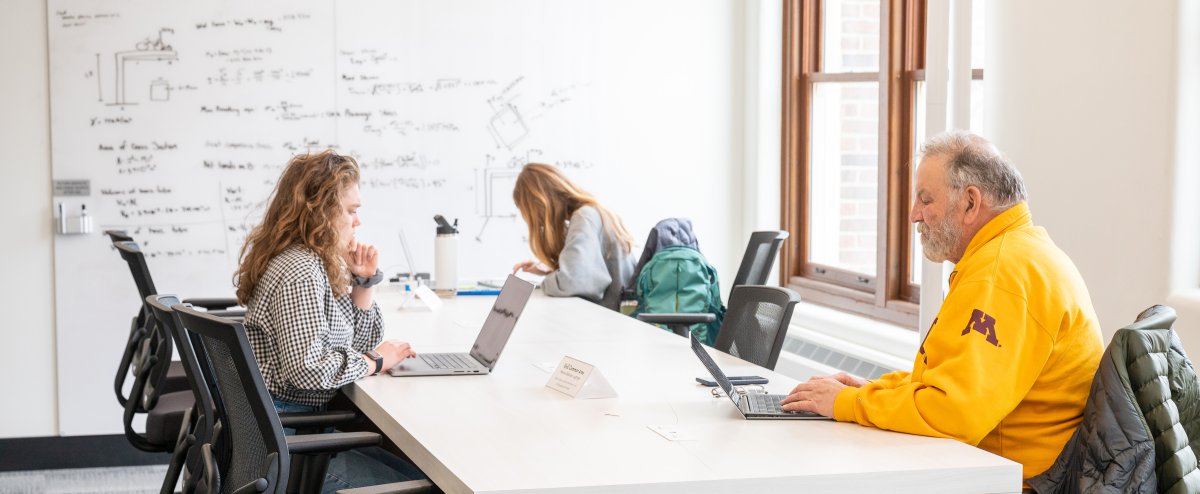
Research
Our faculty and students are currently engaged in research that is helping to solve some of society's most challenging problems.
Turbo-charging AI
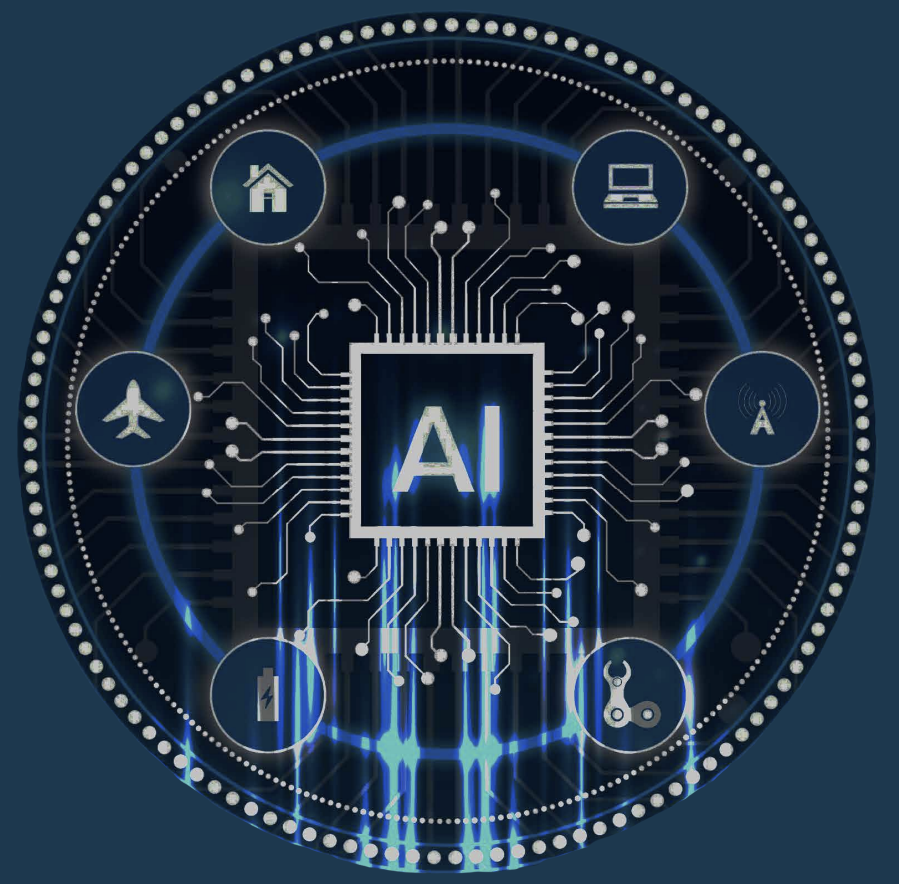
More than ten years ago, Professor Zhaosong Lu foresaw the burgeoning impact of machine learning (ML) models as a fertile ground where his technical optimization skills could play a vital role. His journey into the realm of ML commenced with collaborations with experts from various domains, particularly in sparse and low-rank learning. Together with his collaborators, he developed innovative optimization models and methods for dimension reduction and variable selection.
Mitigating Food Insecurity With Mobile Grocery Markets
Food insecurity—inconsistent access to nutritious food to meetdaily needs—has been a persistent problem in the United States for years. In 2020, the U.S. witnessed an alarming increase in food insecurity, affecting millions, including vulnerable children. Over the past decade, mobile markets have emerged as a means for mitigating food insecurity. SyE Assistant Professor Yiling Zhang and Professor William Cooper recognized that the tools and approaches of Industrial and Systems Engineering and Operations Research could be of great value in helping mobile markets improve their operational efficiency while maintaining focus on the core goal of improving food access.
Optimizing the Future of Health Care
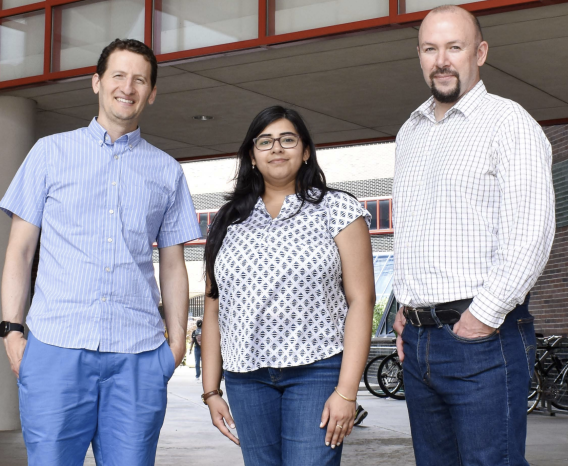
The breakthrough contributions that ISyE faculty are making in medicine and healthcare range from cancer treatment to organ transplantation—and they all have the potential to save lives.
Data Modeling (Reinvented)
During the pandemic, ISyE Assistant Professor Ying Cui completed an 800-page book. In her book, Cui challenges analysts and researchers to reconsider the simple linear models and heuristic algorithms they use to capture information from data. According to Cui, “the world is not linear.” Which is why she intends to use her book and ongoing research to help others make more sophisticated use of “Big Data.”
Researchers in a wide range of disciplines have already taken notice as Cui’s book can be used to learn how to make accurate predictions from oceans of data. Her book embraces data with lots of variability and provides mathematical foundations for nondifferentiable and nonconvex optimization problems.
Using Lottery Systems to Improve Lives
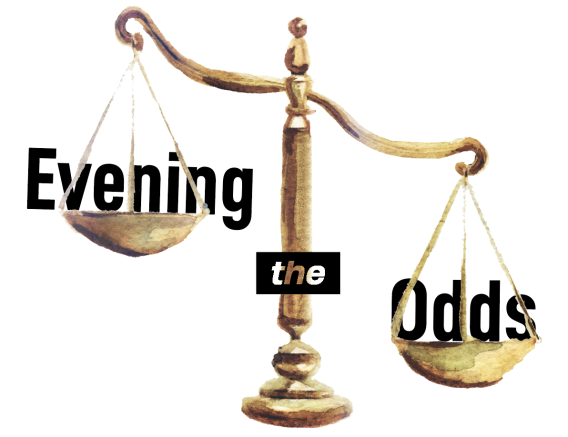
In the United States, demand for affordable housing far outstrips supply. More than 10 million people rely on federal rental assistance for their housing — nearly 70 percent of who are seniors, children, or people with disabilities. In an effort to fairly distribute the limited apartments and homes, public agencies in cities across the U.S. have turned to lotteries and wait-lists.
While ISyE Assistant Professor Nick Arnosti sees single lottery systems as a tool for good, he also believes they are not a one-size-fits-all solution. “No two systems are alike; there really are a million variations,” he says. “But rather than getting lost in the details, I think the important question to ask is: Are we giving people choice?”
COVID Contingency Planning
Amidst a pandemic, how do you safely operate a campus? If you ask ISyE Assistant Professor Ankur Mani, he will tell you: “That’s a systems and operations question.”
Industrial and systems engineers are uniquely equipped to dissect large-scale problems—such as a public health emergency—and design new, more efficient operations. That’s why as higher education institutions sent everyone home or locked down in the spring, Mani started to wonder if there was another way to protect a campus community from COVID-19. The models he helped develop have gone on to influence how universities returned to campus.
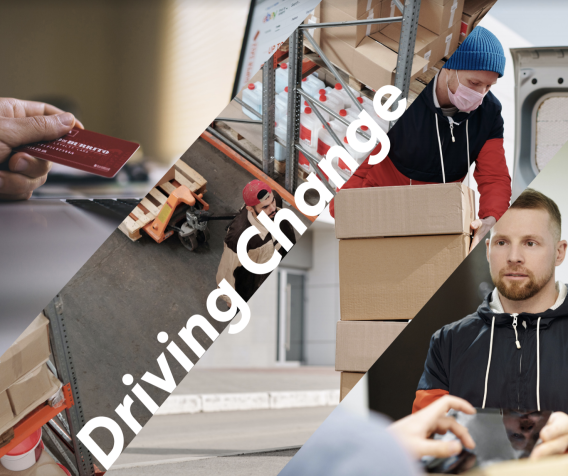
Driving Change
The pandemic dramatically transformed the relationship between American households and online delivery services. What once felt like a convenience turned into a necessity for many families and individuals who felt safer on their couch than in the aisles of a retail store. ISyE Assistant Professor Yiling Zhang has been researching last-mile delivery, which focuses on the logistics behind transporting goods over the “last mile”—from a store or a warehouse to a person’s residence.
Zhang’s fascination with transportation and operations efficiency goes beyond last-mile delivery: She also mapping out an electronic charging station infrastructure for Metro Transit, the primary transit provider in the Twin Cities. Her research could lead to a wider adoption of battery electric buses in Minnesota and beyond.
Will autonomous vehicles (AVs) make us more productive?
Imagine a world where AVs deliver your groceries, drop the kids at soccer practice, and pick up your dry cleaning. “When I’m not using it, the car can do other things for me,” says ISyE Department Head Saif Benjaafar. “It’s going to unleash a lot of hours in the day that we’d otherwise spend driving or sitting in traffic. That could reduce frustration and improve overall well-being.”
Since last April, Benjaafar has been studying the community impacts of AVs as part of a three-year, interdisciplinary study funded by the National Science Foundation. His partnership with professors in the College of Science and Engineering went so far as to welcome an autonomous bus to the U campus last spring. Through this research effort, Benjaafar believes he and his collaborators will provide society with an articulate vision of the benefits and dramatic changes AVs will soon bring.
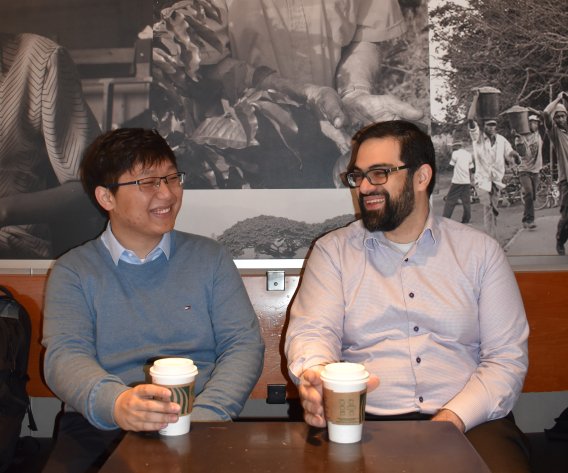
Optimizing Your Morning Coffee
Queueing expert and ISyE Professor Sherwin Doroudi understands just how efficacious omni-channel service models have become for businesses with customers ordering in-store, online, over the phone, and from their phones. But are all businesses successfully serving customers in all of these channels? Is there a case where customer orders from certain channels should be prioritized over others?
"It's really contextually driven," Doroudi says of his research, which was done collaboratively with ISyE Ph.D. student Kang Kang. In certain cases, mobile ordering could be bad for business, they discovered using coffee shops as their research model. With their findings so far, Doroudi and Kang see an enormous potential to shake up the omni-channel system models used by healthcare clinics, government offices, and many more businesses, institutions, and organizations.
A Web of Connections
Professors Ankur Mani and Krishnamurthy Iyer, among others in the ISyE Department, are analyzing the structure, properties, and the advantages that come from large societal networks. These networks—both social and otherwise—surround us today. They include the transportation networks, communication networks, and electrical power grids, which when combined allow global economies and cities to run efficiently while accommodating massive populations.
"In the last 10 years, there has been a lot of focus on understanding how network structures can be used for previously unconsidered purposes: controlling epidemics, designing better transportation systems, increasing physical activity, reducing waste," says Mani. "We are finding broader and beneficial applications for network design."
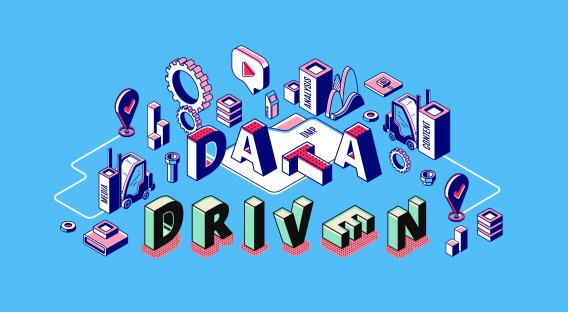
Driven by Data Analytics
Data analytics is increasingly central to the research and teaching of University of Minnesota ISyE faculty. Their interest is driven by their own curiosity, but also fueled by questions arising in industry and business. Opportunities for ISyE students to study data analytics in their ISyE coursework continues to expand, and employers are eager to hire graduates with skills in this area.
"It's been a hot area and it's not cooling off," says ISyE professor Bill Cooper. "I only see the demand going up."
Optimizing Cancer Treatment Plans
ISyE professor Kevin Leder views tumors, in many ways, like a wedding cake. "There’s a foundation of pre-cancerous cells, out of which come further mutated cancer cells, out of which come even further mutated cells," he says. However, when it comes to treating cancer, oftentimes only one type of mutated cell is targeted. This raised questions in Leder's mind about treatment optimization.
"If we had a model of mutation development, could we better deliver treatments for tumors at different stages?" Leder wonders. "Could we even use such models to better identify—and possibly eliminate—precancerous cells?"